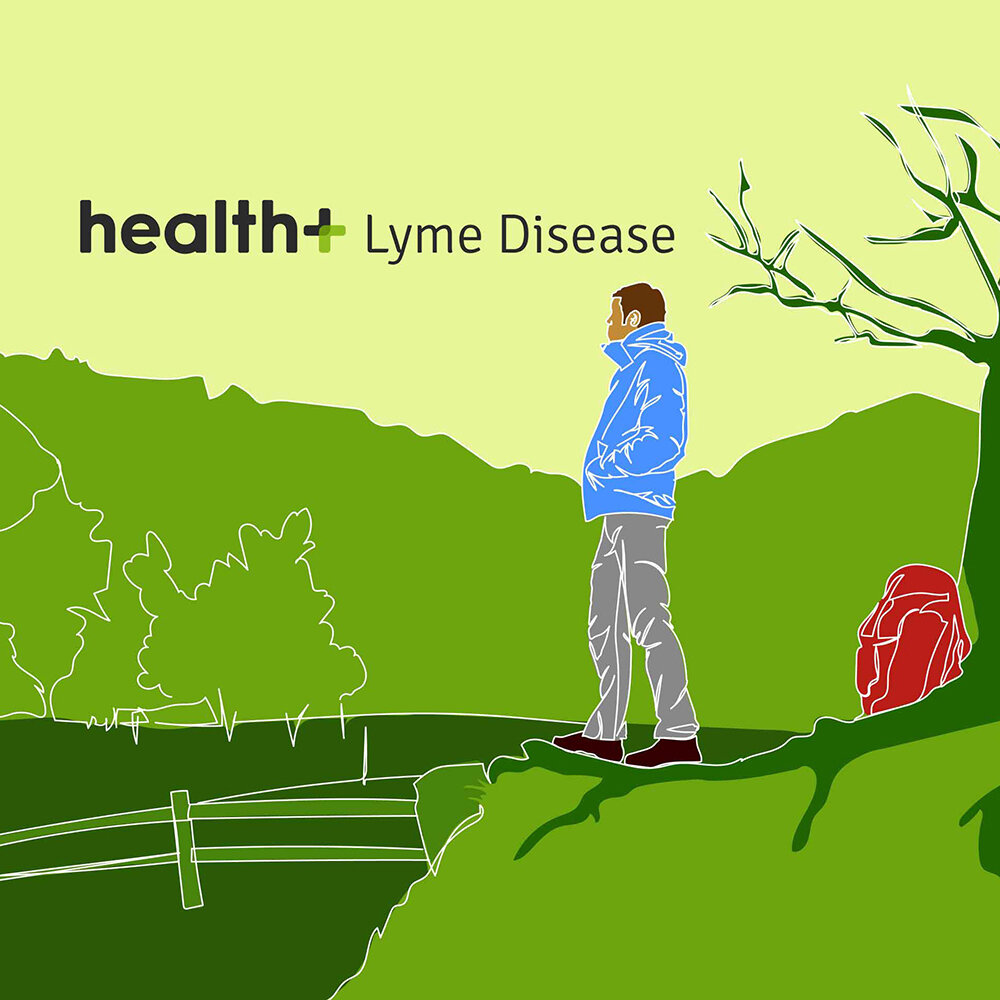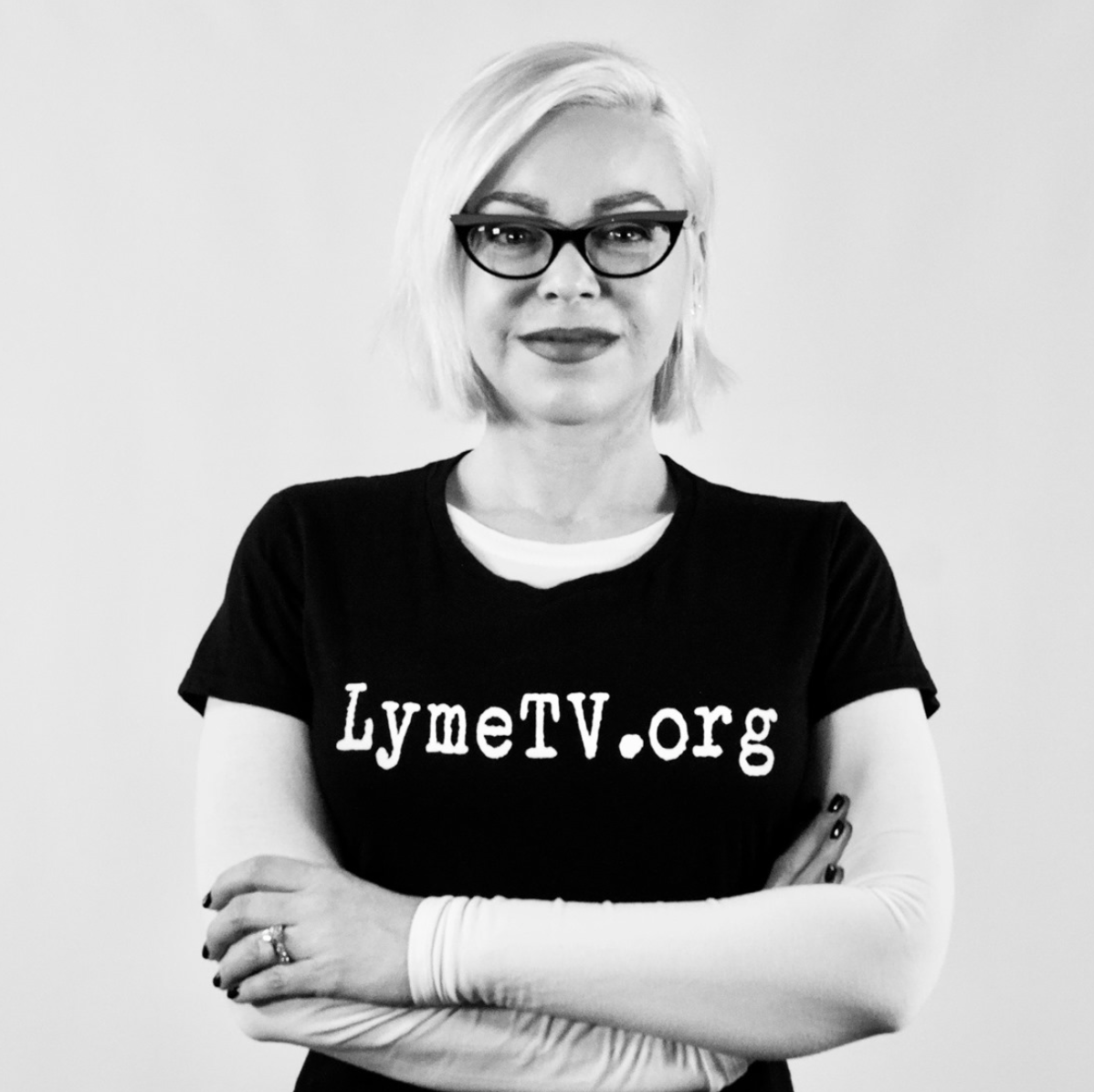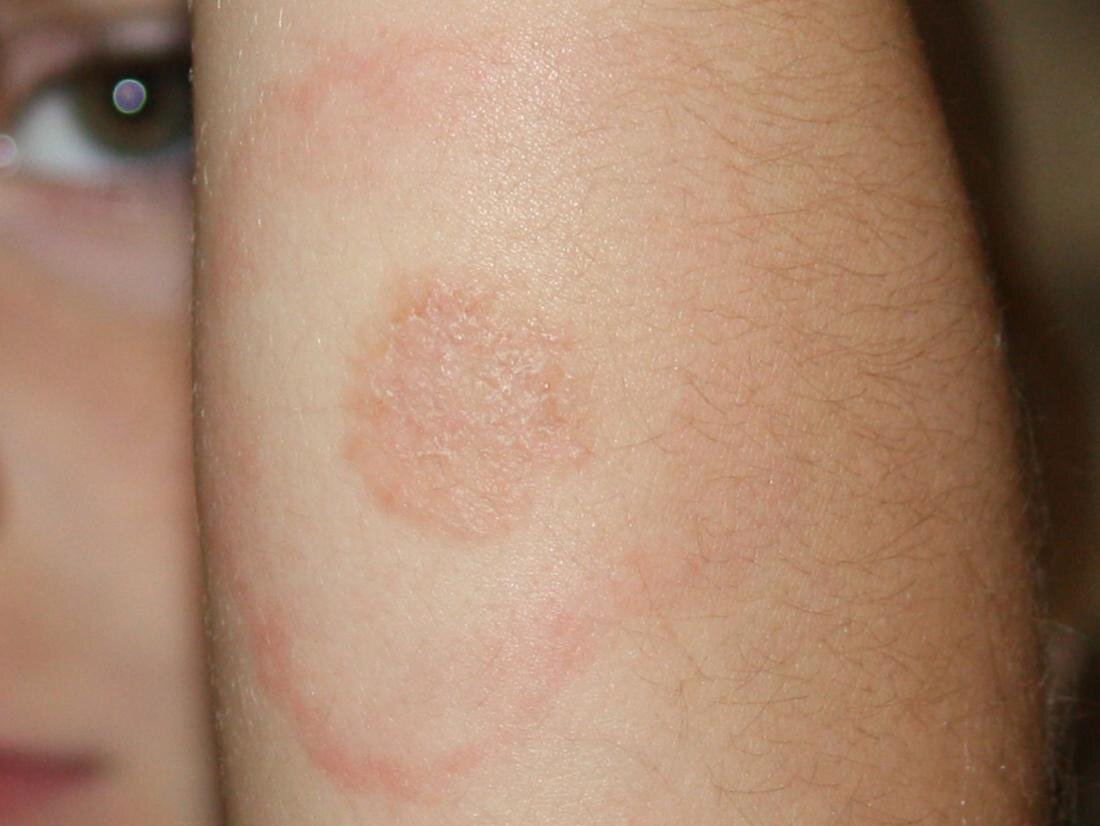Lyme advocates weigh-in on research priorities at HHS-LymeX workshop
Invisible’s Chief Medical Officer, Dr. Nevena Zubcevik, joins other Lyme patient advocates in setting priorities for the largest public-private research initiative launched since Lyme disease was discovered.
Last October, the Steven & Alexandra Cohen Foundation announced that they would donate $25 million to the LymeX Innovation Accelerator, a research prize competition to develop better tick-borne disease diagnostics. The competition recently entered its next phase, the collection of ideas from disease stakeholders — patient representatives, the government, academic medicine, and industry — to help define the prize guidelines.
To facilitate this process, the U.S. Department of Health and Human Services (HHS) hosted a LymeX Roundtable Webinar on April 28, 2021, which featured presentations and workshops with key stakeholders.
Dr. Nevena Zubcevik, Invisible’s Chief Medical Officer, was the workshop’s first lightning talk speaker, and in her presentation (starting at minute 37:43), she succinctly summarized why these prizes are so desperately needed: Only about 1 percent of the National Institutes of Health’s Lyme disease research budget (2015 thru 2019) went towards exploring better treatments for the nearly 500,000 Americans who get Lyme disease each year. Her emphatic message to the audience — We need more patient-focused solutions to bring relief to the millions suffering from tick-borne diseases today.
Invisible is working to remedy the treatment gap by launching the Tick Bytes Clinical Data Research Platform. This multi-institutional clinical data repository will provide quality de-identified tick-borne illness patient data to researchers. Researchers can then mine this data using advanced biostatistical methods to discover symptom profiles for mixed infections and treatment regimens that work. With this precision medicine approach, more quality evidence will reach physicians, insurers, and government. This, in turn, will improve diagnostics and treatment options, leading to better outcomes, insurance coverage, and government funding. Invisible is currently raising funds to launch 10 data collection sites at research institutions, community clinics, and hospitals across the nation. To learn more about how you can help, go to: https://invisible.international/give
The Cohen’s $25 million prize fund represents a whopping 50-percent boost to the 2021 NIH Lyme-related research budget, and, most importantly, it allocates more funds to urgently needed early diagnostic tools, since in the first three weeks after infection, the standard tests only detect Lyme disease 29 to 40 percent of the time.
For an overview of the devastating impact of poor testing and treatment options on Lyme patients, read the new LymeX publication, “The Health+ Lyme Disease Human-Centered Design.” To join the LymeX online community, go to: https://lymex.crowdicity.com/
Invisible International is a 501(c)(3) nonprofit foundation dedicated to reducing the suffering associated with invisible illnesses and social marginalization through innovation, education, and change projects. To donate or to learn more about our many programs to reduce the impact of tick-borne illness, visit the website: https://invisible.international





